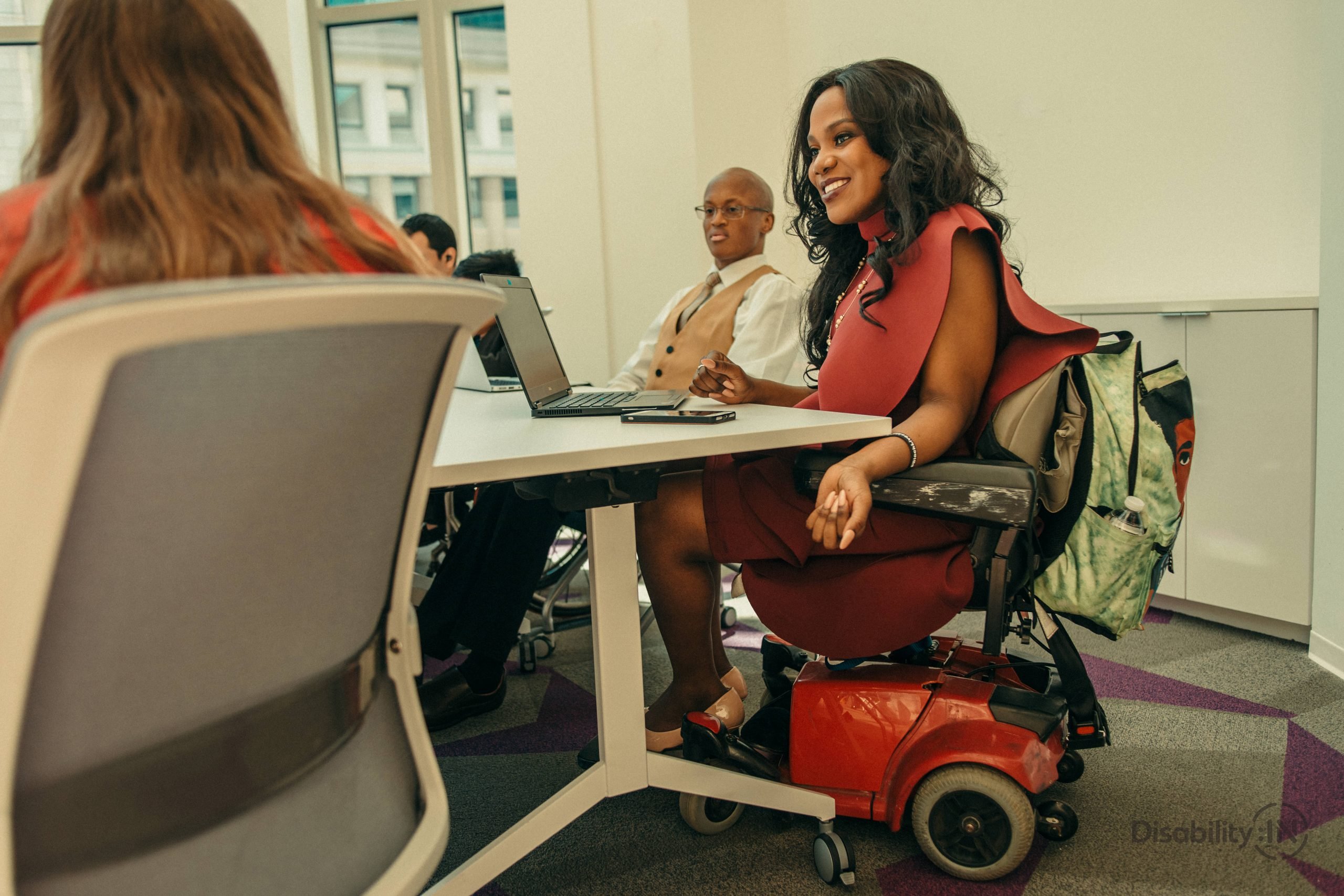Exploring Eco-Friendly Furniture For Disabled Individuals
Today we discuss Eco-Friendly Furniture For Disabled Individuals. The short answer is yes! When it comes to creating a sustainable and inclusive living environment, the furniture industry has been making significant progress in recent years. Today, individuals with disabilities can find a wide range of eco-friendly furniture options designed specifically to meet their unique needs and preferences.
From innovative seating solutions that promote proper posture and comfort, to adaptive pieces that incorporate assistive technologies, the market is now offering more accessible and environmentally conscious choices than ever before.
In this article, we will explore some of these exciting options, highlighting how they contribute to a more inclusive and sustainable future. So, let’s delve into the world of eco-friendly furniture for people with disabilities and discover the possibilities that await!
Are there any eco-friendly furniture options for people with disabilities?
Living an eco-friendly lifestyle is becoming increasingly important for many individuals today. As we prioritize sustainability and environmental consciousness, it’s crucial to ensure that our choices reflect these values in all aspects of our lives, including furniture. But what about individuals with disabilities? Are there eco-friendly furniture options that cater to their unique needs? In this article, we will explore the world of eco-friendly furniture designed specifically for people with disabilities.
1. Understanding the intersection of eco-friendliness and accessibility
When addressing the question of eco-friendly furniture options for people with disabilities, it’s essential to consider both environmental sustainability and accessibility. Eco-friendly furniture typically refers to products made from sustainable materials, with minimal impact on the environment throughout the manufacturing process. Accessibility, on the other hand, focuses on ensuring that furniture is usable and functional for individuals with disabilities.
Sustainable materials for eco-friendly furniture
When searching for eco-friendly furniture options suitable for people with disabilities, consider the following sustainable materials:
- Bamboo: A fast-growing and renewable resource, bamboo is an excellent choice for eco-conscious furniture.
- Recycled materials: Furniture made from recycled materials, such as reclaimed wood or recycled plastic, reduces waste and minimizes environmental impact.
- Low or zero VOC finishes: Look for furniture finishes that have low or zero volatile organic compounds (VOCs) to reduce indoor air pollution.
- FSC-certified wood: Furniture crafted from wood certified by the Forest Stewardship Council (FSC) ensures responsible sourcing and sustainable forestry practices.
Universal design principles
Incorporating universal design principles into eco-friendly furniture is crucial to ensure accessibility for people with disabilities. Universal design aims to create products that can be used by individuals of all abilities, without the need for adaptations or modifications. When choosing eco-friendly furniture, look for designs that are inclusive and consider the diverse range of physical abilities and needs.
Eco-friendly furniture options for individuals with mobility limitations
Individuals with mobility limitations often require furniture that can accommodate their specific needs. Here are some eco-friendly furniture options suitable for people with mobility limitations:
Adjustable height tables and desks
- Adjustable height tables and desks allow individuals to customize the height according to their preferences and mobility requirements.
- Look for eco-friendly options crafted from sustainable materials such as bamboo or FSC-certified wood.
- Ensure that the adjustable mechanism is user-friendly and easy to operate.
Accessible seating options
- Invest in eco-friendly seating options that prioritize accessibility, such as chairs with adjustable features.
- Look for seating with appropriate lumbar support and cushioning for comfort and overall well-being.
- Consider chairs with easy-to-use controls or mechanisms for individuals with limited dexterity.
Mobility-friendly storage solutions
- Choose eco-friendly storage furniture that is easily accessible, such as low cabinets or shelves with adjustable heights.
- Opt for furniture with drawers or compartments that can be reached without excessive bending or stretching.
- Ensure that storage units are sturdy and stable to support any necessary assistive devices.
Sustainable and accessible furniture for individuals with visual impairments
For individuals with visual impairments, eco-friendly furniture can be designed to respond to specific needs. Here are some considerations for sustainable and accessible furniture options:
Tactile elements
- Choose furniture with tactile elements, such as embossed textures or braille labels, to aid individuals with visual impairments in navigating their environment.
- Consider eco-friendly materials that can be easily distinguished by touch, such as natural fabrics or wood.
3.2 Contrast and lighting
- Opt for furniture with high contrast finishes to enhance visibility for individuals with visual impairments.
- Ensure adequate lighting in the living space to improve visibility and reduce potential hazards.
- Explore eco-friendly lighting solutions, such as energy-efficient LED bulbs, that contribute to sustainability.
4. Eco-friendly furniture options for individuals with sensory sensitivities
Individuals with sensory sensitivities may have unique requirements when it comes to furniture. Consider the following eco-friendly options for individuals with sensory sensitivities:
Non-toxic and hypoallergenic materials
- Choose furniture made from non-toxic and hypoallergenic materials to minimize potential allergic reactions or sensitivities.
- Look for certifications such as Global Organic Textile Standard (GOTS) or Oeko-Tex Standard 100, which ensure the absence of harmful substances.
Noise reduction features
- Invest in eco-friendly furniture that incorporates noise reduction features, such as sound-absorbing materials.
- Consider curtains, rugs, or wall panels made from sustainable materials that help dampen noise and create a calm environment.
Ergonomic and comfortable designs
- Choose furniture with ergonomic designs that promote comfort and well-being for individuals with sensory sensitivities.
- Look for eco-friendly seating options with ample cushioning and supportive features.
- Consider reclining chairs or adjustable backrests for individuals who benefit from varied seating positions.
Tiny House Designed To Be Elderly / Disability / Mobility Friendly
Frequently Asked Questions
1. What are some eco-friendly furniture options available for people with disabilities?
There are a variety of eco-friendly furniture options designed specifically for people with disabilities. Some examples include adjustable height desks and tables, ergonomic chairs with lumbar support, and modular seating systems that can be easily reconfigured to accommodate different needs. These furniture pieces are often made from sustainable materials such as bamboo, reclaimed wood, or recycled plastics.
2. Are there eco-friendly options for mobility devices?
Yes, there are eco-friendly options available for mobility devices. For instance, there are electric wheelchairs and scooters that run on rechargeable batteries, reducing the need for fossil fuels. Additionally, manufacturers are increasingly using sustainable materials in the construction of mobility devices, such as recycled metals and plastic components.
3. How can I find eco-friendly furniture options for people with disabilities?
To find eco-friendly furniture options for people with disabilities, you can start by researching online retailers and manufacturers that specialize in sustainable and accessible furniture. Look for certifications such as Forest Stewardship Council (FSC) or Greenguard to ensure the products meet eco-friendly standards. You can also reach out to local disability advocacy organizations or consult with an interior designer who specializes in accessible and sustainable design.
4. Are there eco-friendly options for assistive technology devices?
Yes, there are eco-friendly options for assistive technology devices. Many manufacturers are creating energy-efficient devices that consume less power and can be charged using renewable energy sources. Additionally, some companies are focused on producing assistive technology devices using sustainable materials and reducing their overall environmental impact during the manufacturing process.
5. Can eco-friendly furniture options for people with disabilities be customized?
Yes, eco-friendly furniture options for people with disabilities can often be customized to meet specific needs. Manufacturers understand that individuals with disabilities may require specific modifications or adaptations, and many offer customizable options. This can include adjusting seat height, adding additional support features, or adapting the furniture to accommodate assistive devices like braces or specialized seating cushions.
Final Thoughts
There are certainly eco-friendly furniture options available for people with disabilities. These options not only provide comfort and functionality but also prioritize sustainability and environmental consciousness. By utilizing materials such as responsibly sourced wood, recycled plastics, and low VOC finishes, eco-friendly furniture manufacturers ensure that their products have minimal impact on the environment. Additionally, these furniture pieces are designed to meet the specific needs of individuals with disabilities, offering features like adjustable heights, ergonomic designs, and accessibility features. With the increasing demand for eco-friendly products, it is promising to see the availability of furniture options that cater to the unique requirements of people with disabilities.




